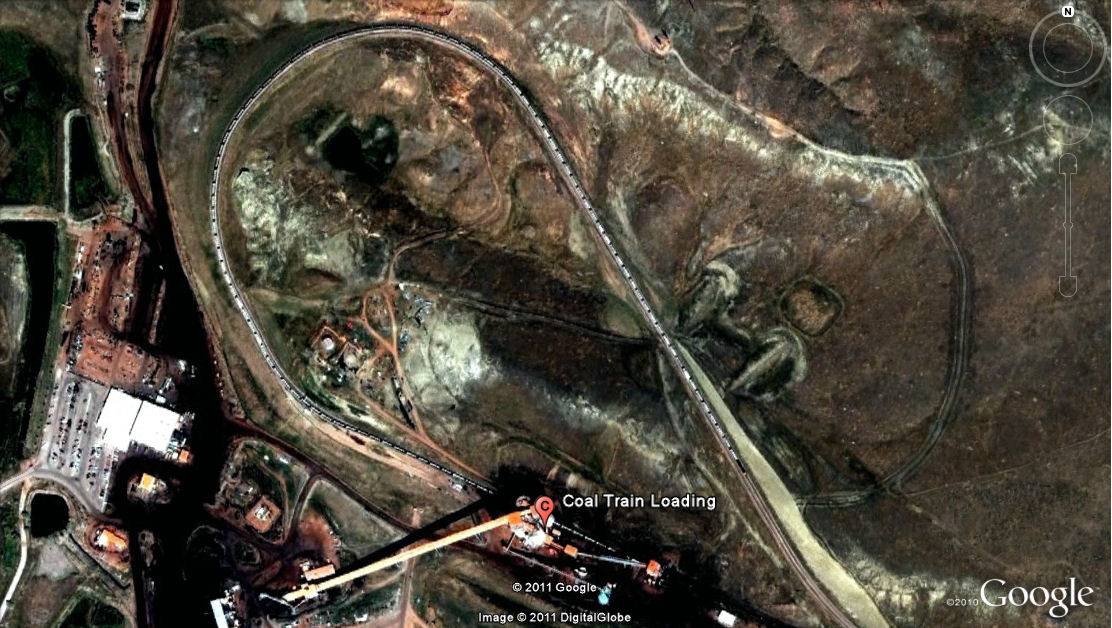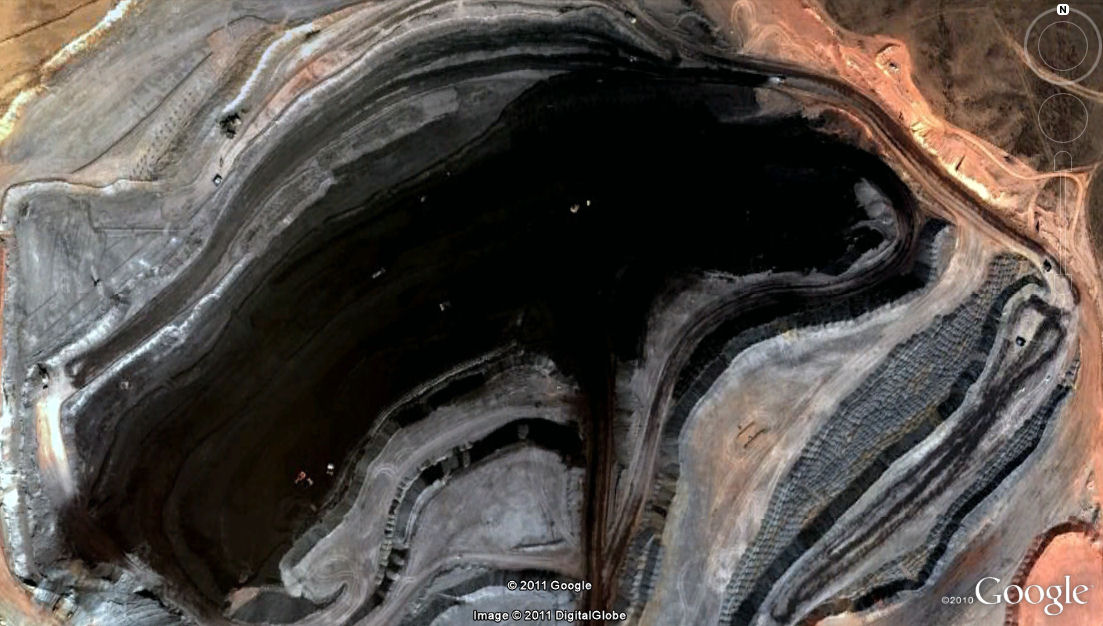|

A correspondent, Jesse, who believes the idea global warming is fiction, wrote asking if I believe in it.
My response is, no, Jesse, I don’t “believe in” global warming because, for me, the verb “to believe” is best used in reference to things
taken on faith, like the existence of God, Jesus, flying saucers and the efficacy of vitamin supplements, acupuncture and tax cuts for the rich.
However, usages such as “I believe I’ll have fries with that” expresses a third-order trivial faith at best, and I can imagine saying "I believe"
in that sense. [To say "I believe in evolution through natural selection" is just too absolute, in the sense that
saying "I believe in Jesus" would, one might think, be absolute in the mind of the person saying it. Evolution by natural
selection cannot, for me at least, be taken as absolutely so. In general, in my view, no statement can lay claim
to being absolute -- except maybe things like "taxes are due by April 15." Biological evolution by means of natural
selection is, however, a plausible theory of, or way of thinking about, the process by which plants and animals vary over
time. There are lots of other plausible theories and statements in science, but none that is believable in the sense
that assertions of religious belief are believable.]
So, Jesse, I don’t believe in global warming, but it is plausible. It’s plausible in a way that is easy to understand if
you think in terms of getting into a car that’s been parked in direct sunlight in the middle of a hot summer day. Which would be hotter to get
into, a white 2008 Chevy Malibu, or a black one?
If you say the black car would get hotter, then the same principle applies to carbon dioxide in the atmosphere; it blocks certain wavelengths of
light, which means it, in effect, it makes the air a tiny bit darker, which makes the air warmer, and so too do things that touch the air, like the
surface of the earth.
The
 picture is a Google Earth view of a coal train loading up near Gillette, Wyoming. [You can click on these images for a larger view.]
picture is a Google Earth view of a coal train loading up near Gillette, Wyoming. [You can click on these images for a larger view.]
The “tiny bit” of darkening translates to about 1 watt per square meter of the earth’s area of extra in-coming solar heating, according to
scientists who gather such data by means of spacecraft. If that 1 watt per square meter is an accurate and reliable measurement, then the total
additional thermal input to the earth is about 100 terawatts (i.e., hundred-trillion watts) -- or about ten times the rate at which all humanity
uses energy -- which suggests humanity’s thermal presence might also add directly to warming of the atmosphere.
Global warming’s not believable, Jesse, but it is plausible.
End of response to Jesse’s uninformed question.
This
 image is also from Google Earth, a strip mine near Gillette, Wyoming. The little dots on the coal surface are huge earth-moving trucks.
image is also from Google Earth, a strip mine near Gillette, Wyoming. The little dots on the coal surface are huge earth-moving trucks.
While I was writing this, I looked up spectral absorption curves for carbon dioxide and world-total coal production stats.
According to Wikipedia, total world production of coal in 2009 was 6,941-million “tonnes,” that spelling usually meaning metric tons of about about
2,200 lbs each. Worldcoal.org writes “Over 5,990 million tonnes (Mt) of hard coal is currently produced worldwide and 913Mt of brown coal/lignite,”
which, summed up, is 6,903-million tonnes, close to the Wikipedia figure. To cite one other source, the U.S.
Energy Information Administration gives, for all coal types, “primary and secondary,” 7,028-million short tons, which is 6,390 tonnes or about
9 percent less than the Wikipedia figure.
Using the latter, more conservative figure, of 6,390-million tonnes, I was wondering how fast an endless coal train carrying the world’s coal supply
would have to travel, assuming that, as according to John McPhee in his coal train article in the October 3, 2005, issue of The New Yorker, a typical
coal train carrying coal from Wyoming to the eastern and western coastal states is two miles long and comprises 200 cars carrying 100 tons each. (Other
Googled sources cite fewer cars, but more coal per car.) That’s short tons, at 2,000 lbs each. Each car would be 53 feet long. Using the lower figure
above, 7,028-million short tons per year, that’s 222 tons per second, which means that a train carrying the world supply of coal would move along at 80 mph.
In other words, a endless train carrying the world’s coal supply would move at 80 miles per hour, continuously, non-stop, until all the coal is burned.
For me, at least, that looks like geologic-scale stuff.
In terms of “energy rate,” the U.S. Energy Information Administration reports world coal production as being 128 quadrillion Btu per year. In terms
of watts (which is joules of energy per second), that’s 4.28-trillion watts which, in terms of Hiroshima bomb equivalents, is one bomb every 8 seconds.
Bob
|